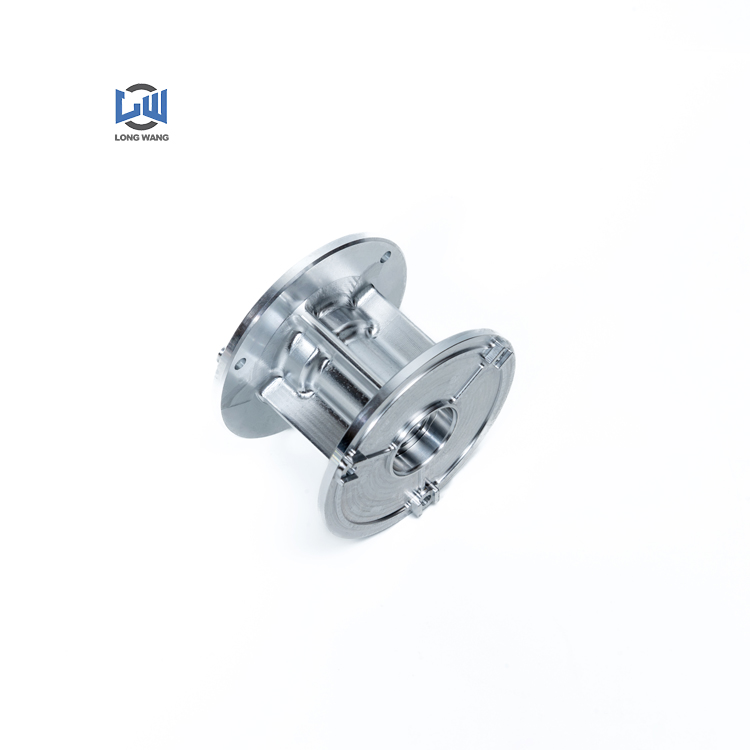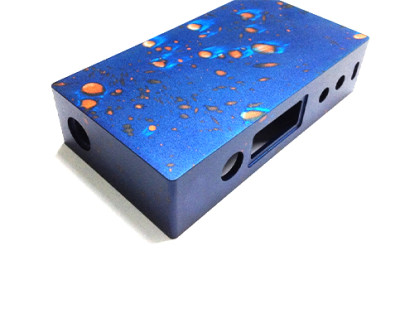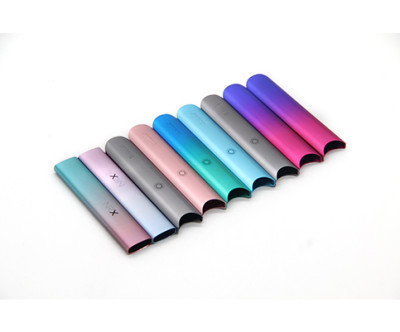CNC Machining of Aluminum Parts: A Comprehensive Overview
CNC machining of aluminum parts is a precise manufacturing process utilizing computer-controlled machinery. It involves cutting, shaping, and finishing aluminum materials with high accuracy to create intricate components. This method ensures consistent quality, tight tolerances, and superior surface finishes, making it ideal for various industries, including aerospace, automotive, and electronics.
Here's a step-by-step guide on how aluminum parts are CNC machined:
1. Design and CAD Modeling:
The process begins with designing the aluminum part using Computer-Aided Design (CAD) software. The CAD model serves as the digital blueprint for the CNC machine.
2. Material Selection:
Choose the appropriate grade of aluminum based on the specific requirements of the part. Common aluminum alloys for CNC machining include 6061 and 7075 due to their excellent machinability and mechanical properties.
3. CNC Programming:
The CAD model is translated into CNC machine-readable code using CAM (Computer-Aided Manufacturing) software. This code contains instructions for toolpaths, speeds, feeds, and other machining parameters.
4. Workpiece Setup:
Affix the aluminum stock securely to the CNC machine's worktable. Proper setup ensures stability during machining, minimizing vibrations and ensuring accuracy.
5. Tool Selection:
Select the appropriate cutting tools based on the geometry of the part, material characteristics, and machining requirements. Common tools include end mills, drills, and ball mills.
6. Rough Machining:
The CNC machine performs rough machining to remove excess material quickly. This step creates the rough shape of the part and is typically done with larger, more robust cutting tools.
7. Semi-Finishing:
Semi-finishing operations involve using smaller tools to achieve closer tolerances and refine the part's shape. This step prepares the part for the final finishing pass.
8. Finishing Pass:
The finishing pass utilizes fine-grit cutting tools to achieve the desired surface finish and dimensional accuracy. This step is critical for producing high-quality aluminum parts with tight tolerances.
9. Quality Checks:
Conduct thorough quality checks using precision measurement tools to ensure the machined aluminum part meets the specified design tolerances. Common inspection tools include calipers, micrometers, and coordinate measuring machines (CMM).
10. Post-Processing (Optional):
Depending on the application, post-processing steps such as anodizing, coating, or heat treatment may be applied to enhance the aluminum part's properties.
11. Deburring and Cleaning:
Remove any sharp edges or burrs generated during machining, and thoroughly clean the aluminum part to meet quality standards.
12. Final Inspection:
Perform a final inspection to verify that the machined aluminum part meets all specifications and quality requirements before it is ready for use or assembly.
CNC machining of aluminum parts is a versatile and precise manufacturing process that, when executed with precision and attention to detail, yields components with exceptional accuracy, surface finish, and mechanical properties. This technology plays a pivotal role in various industries, from aerospace to automotive, where lightweight and high-strength aluminum components are in high demand.



